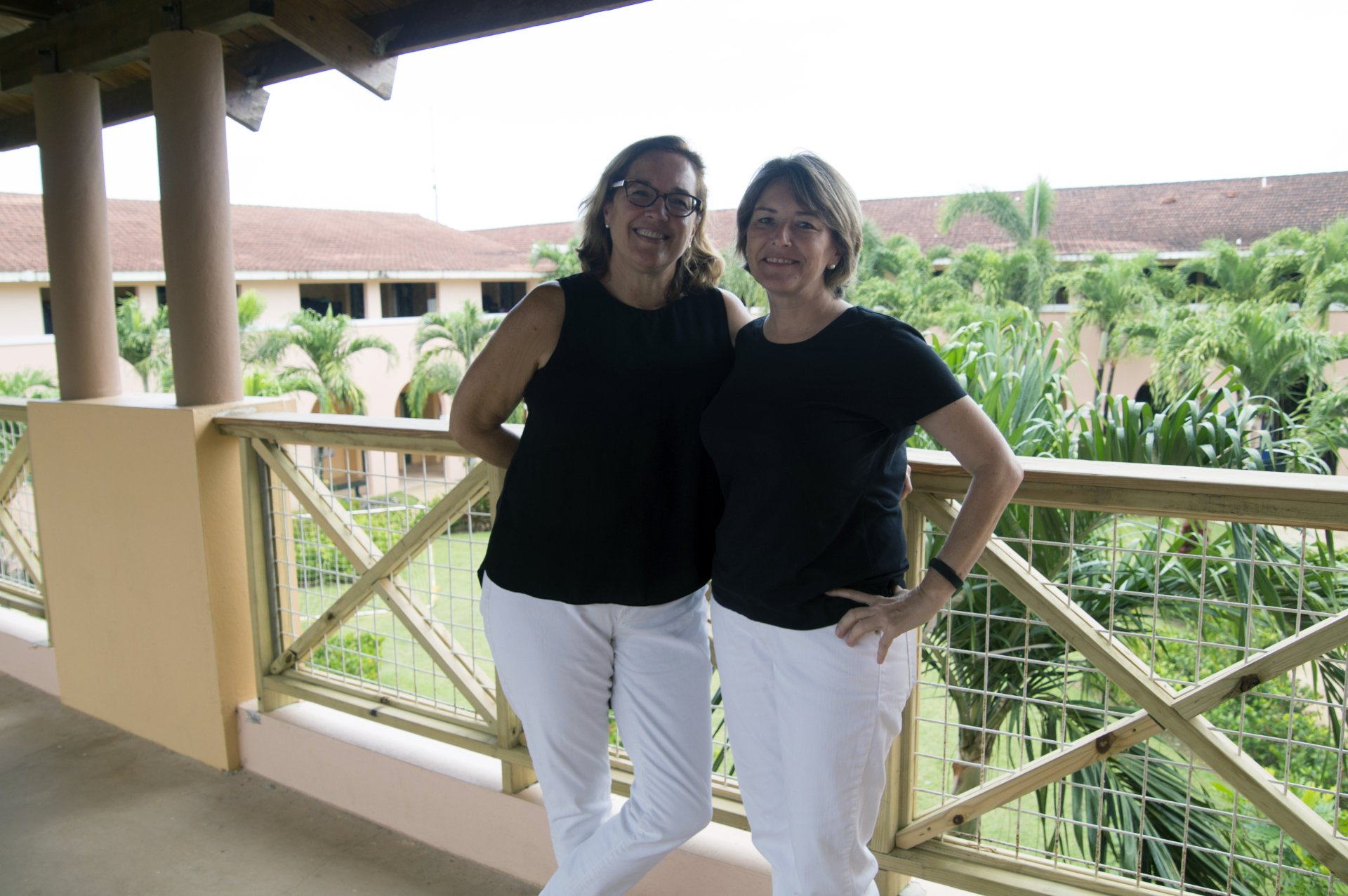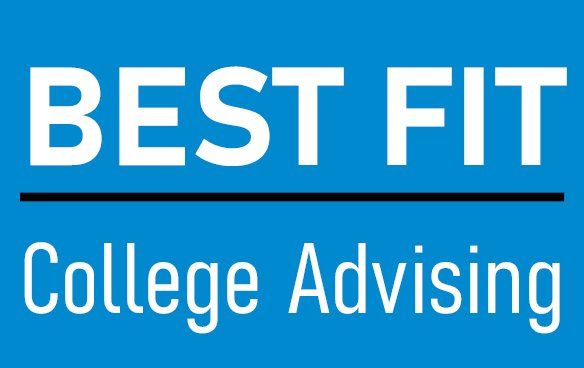As if newly-minted seniors didn’t have enough to worry about as they begin the college application process in earnest amid the coronavirus pandemic, the standardized test world has been thrown into chaos.
It began this March when College Board, the company that administers the SAT and AP tests, allowed testing centers to decide whether or not to administer the SAT. Here in Puerto Rico, some schools went ahead, administering the SAT and SAT Subject Tests two days before the quarantine began, while other schools felt it more prudent to cancel.
As Covid-19 cases climbed nationwide, SAT and ACT complete sittings were canceled. College Board then added a September sitting, but the spots filled up immediately as students who missed taking tests in March, May and June swarmed to register. But colleges and universities started announcing that they were going test-optional or test-blind. So, does testing matter? What does it all mean?
• Test-optional means that it is the student’s choice whether or not to send scores. This is a relief to students whose tests were canceled or who truly can’t take a first or follow-up test because of lack of access to an open testing center, financial hardship, need to work on test days or other practical reasons. It is also a boon to students who do not test well, because if you have worked hard throughout high school, earned straight A’s, committed to a hobby and demonstrated leadership, it would be heartbreaking to be excluded from your dream school because of substandard test scores.
However, not all test-optional schools are created equal, especially the ones that are new to the game. Standardized test scores have long been a sifter for schools. Even if they don’t have a specific cut-off, most schools have a score range below which it is unlikely an applicant will find success. And in that context, high scores look good. It will be hard for many schools to turn off that mentality, especially when the same number of staff are reading a greater volume of applications. Numbers make things easier. Many test-optional schools also continue to use test scores for awarding merit scholarships.
This means that you need to research each school’s specific policy carefully! Dartmouth announced on June 3 that they would adopt a test-optional policy for the class of 2025. They emphasized that their “commitment to academic excellence and intellectual curiosity has not changed” but continued that “‘optional’ is not a trick word.” They elaborated that they welcome any testing element or no tests at all and they won’t second-guess the presence or absence of scores. That means that you can evaluate your scores compared to the Dartmouth mean and make a decision with a certain amount of confidence.
On the other hand, don’t jump for joy that Cornell University went test-optional. Very early in their announcement, they say, “We anticipate that many students who will have had reasonable and uninterrupted opportunities to take the ACT and/or SAT during 2020 administrations will continue to submit results, and those results will continue to demonstrate preparation for college-level work.”
That means that if you attend a private school in Puerto Rico and plan to apply to Cornell, test-optional does not apply to you. You can tell me that your school canceled the March sitting of the SAT and you waited too long to sign up for August and September and have to take it at a different school, and you don’t like the ACT because of the science, or you have only one SAT score and that doesn’t reflect the real you. I know, and I agree, but I don’t make the rules. The fact is that others from your school and the island applying to Cornell will apply with test scores, and you must also. The same person will read all of the applications from Puerto Rico, so there is no wiggle room on this. Take heart that others have also had fewer testing opportunities this year.
• Test blind means that the school doesn’t want test scores; even if you send them, the school will not look at the scores. In March, MIT made the stunning announcement that they would permanently discontinue the use of the SAT Subject Tests starting with this next admissions cycle. They had previously required students to take the Biology, Chemistry or Physics Subject Test and either the Math 1 or notoriously difficult Math 2 Subject Test. The regular SAT or ACT is still required.
What this means for you is that you need to carefully research each school that interests you to find which have changed their testing policies and if they really mean it for you. Check with each school’s website or your counselor to make sure that you are up-to-date in this quickly changing landscape.
Other recent posts you might also like:





